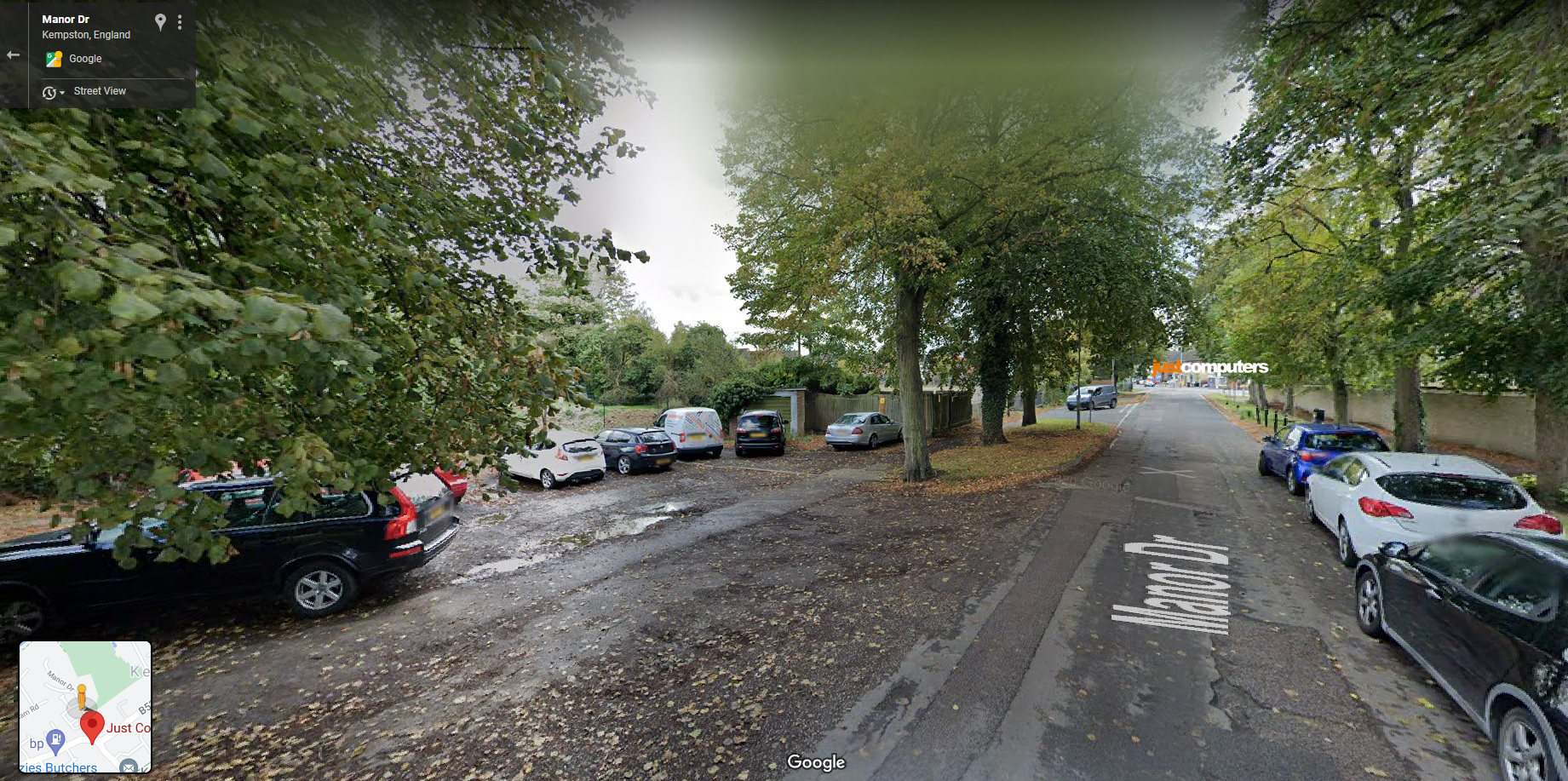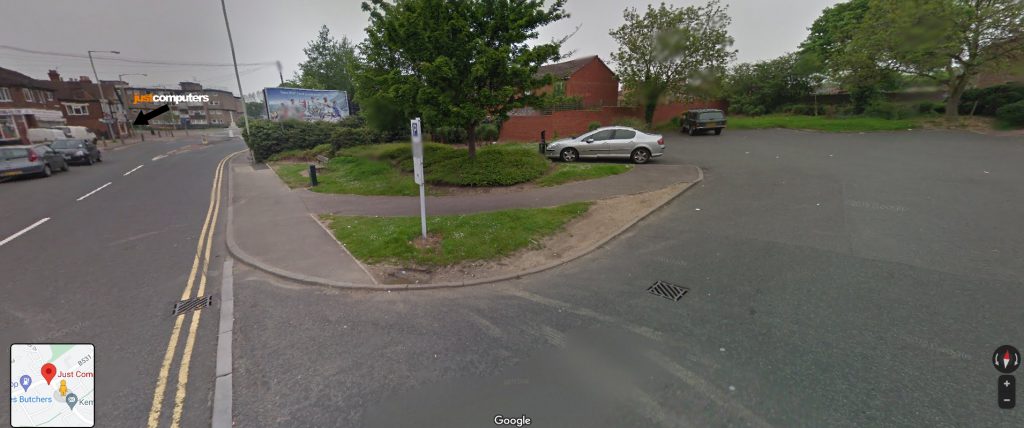
Borobotics, a Swiss startup, has unveiled an autonomous drilling machine that could make geothermal energy more affordable and accessible, transforming how we harness heat from beneath the Earth’s surface.
Grabowski
The machine (nicknamed “Grabowski”) is being heralded as the “world’s most powerful worm” for its ability to silently and efficiently burrow through various terrains. Compact, resource-efficient, and designed for urban environments, this cutting-edge technology promises to address significant challenges in the push for sustainable energy.
What Is Geothermal Energy, and Why Is It Crucial?
Geothermal energy is a clean, renewable (and always available) energy source derived from the heat stored beneath the Earth’s surface. While most people associate renewable energy with solar and wind, geothermal energy offers distinct advantages, i.e. it’s not weather-dependent, it operates 24/7, and it is virtually limitless.
This underutilised resource currently accounts for just 1 per cent of global energy demand. However, the International Energy Agency (IEA) estimates that geothermal energy could actually supply 15 per cent of the world’s energy needs by 2050 if advancements like Borobotics’ technology gain traction. The environmental benefits could be immense, particularly for heating and cooling, which together account for 50 per cent of global energy consumption, most of which still relies on CO2-producing and polluting fossil fuels.
Enter Borobotics and “Grabowski”
Founded in Winterthur (Switzerland) in July 2023, Borobotics says it’s on a mission to accelerate the energy transition. The company’s co-founder, Hans-Jörg Dennig, began conceptualising the “bore-robot” back in 2017, with technical refinements brought in by Philipp Ganz and the business expertise of Moritz Pill.
At the core of their innovation is “Grabowski,” an autonomous geothermal drill that is radically smaller and quieter than traditional rigs. Measuring just 2.8 metres long with a diameter of 13.5 centimetres, it is designed to fit into tight spaces, such as back gardens, parking lots, or even basements. By comparison, conventional drilling rigs are often 6 metres tall and require significant space and logistical support.
As Pill explains, “Drilling will become possible on properties where it would be unthinkable today — small gardens, parking lots, and potentially even basements.”
Grabowski’s compact design is a game-changer, requiring only 6-8 square metres of operating space (84 per cent less than traditional rigs) and weighing just 150 kilograms. Once activated, the robot can operate autonomously, thereby reducing labour costs and allowing small teams to manage multiple drilling sites simultaneously. This efficiency could address the growing shortage of skilled heat pump installers, especially in Europe.
How Does Grabowski Actually Work?
Grabowski employs advanced technology to drill through diverse materials. For example, equipped with sensors in its head, the robot drill can detect different layers of earth, including water tables, and automatically seal the borehole if it encounters gas or water springs. This ensures safety and reduces the risk of environmental contamination.
The robot’s propulsion system, described as “fluid muscles,” allows it to move smoothly within boreholes, while its unique gearbox and dual-engine design enable effective hammering and rotation to break down tough materials, from sand to granite.
Unlike traditional diesel-powered drills, Grabowski runs purely on electricity and can plug into a standard power outlet, producing just 288 kilograms of CO2 emissions per borehole (a staggering 86 per cent reduction compared to its diesel counterparts). Also, its noise level of under 60 decibels makes it 94 per cent quieter than traditional rigs, ensuring minimal disturbance in residential areas.
Why Geothermal Energy Needs a Boost
Geothermal energy has long been overlooked due to the high upfront costs of drilling and installation. Heat pumps, which transfer heat from underground to buildings, are more efficient than gas boilers and can double as air conditioning systems. However, they are often more expensive to install, particularly when combined with the drilling required for geothermal systems.
The European Union (EU) is actively promoting heat pump adoption as part of its €300 billion REPowerEU plan. For example, it aims to install 43 million new heat pumps between 2023 and 2030. While air-source heat pumps are currently more popular due to their lower costs, geothermal pumps actually offer superior efficiency because they rely on the Earth’s stable subterranean temperatures rather than fluctuating outdoor air.
“In many European countries, at a depth of 250 metres, you have an average temperature of 14 degrees C,” says Pill. “This is ideal for efficient heating in winter, while still being cold enough to cool the building in summer.”
The key to unlocking geothermal energy’s potential lies in reducing costs and making the technology more accessible. Grabowski could therefore represent a significant step towards achieving this goal.
Challenges and Competition
Despite its promise, Grabowski does face some limitations. For example, the robot can currently drill to a maximum depth of 500 metres, which is less than the multi-kilometre depths achieved by larger rigs used in utility-scale geothermal projects. Its drilling speed is also slower, which could be a drawback in certain scenarios. However, Borobotics is targeting shallow geothermal systems, where these limitations are less of an issue.
It should be noted here that Borobotics certainly isn’t alone in the geothermal tech race. For example, startups like Fervo Energy in the United States and Eavor in Canada are making strides with advanced geothermal systems too. Fervo (backed by Bill Gates’ Breakthrough Energy Ventures) recently partnered with Google to power a data centre with geothermal energy. Meanwhile, Eavor is building a massive underground “radiator” in Germany capable of heating an entire town.
Nonetheless, Borobotics’ focus on small-scale, decentralised systems differentiates it from these competitors. By providing an affordable, accessible solution for residential and small commercial properties, Grabowski could carve out a niche market.
What’s Next for Grabowski?
Borobotics is currently developing its first working prototype, with plans to begin field testing at an (as yet) unspecified date in 2025. The company’s CHF 1.3 million (€1.38 million) pre-seed funding round, led by Copenhagen-based Underground Ventures, highlights growing investor confidence in geothermal technology.
As Torsten Kolind, managing partner at Underground Ventures, says, “The potential of geothermal heat pumps to decarbonise Europe is substantial, as long as the cost comes down. The minute that happens, the market is open.”
Borobotics’ approach seems to align perfectly with this vision. By addressing cost, efficiency, and accessibility, the company may be poised to make geothermal energy a viable option for millions of households. If successful, Grabowski could play a pivotal role in reshaping the energy landscape, reducing reliance on fossil fuels, and advancing global sustainability efforts.
What Does This Mean For Your Organisation?
Borobotics’ innovation sounds like it could offer a step forward in the quest for more sustainable (and hopefully cheaper) energy solutions. By focusing on affordability, compactness, and accessibility, the company is addressing some of the key barriers that have historically limited the adoption of geothermal energy. With the EU’s ambitious goals to decarbonise heating and cooling, Grabowski could fill a crucial gap in the market, particularly in urban and residential settings where traditional rigs are impractical.
Grabowski’s environmental credentials are also quite impressive. Its reliance on electricity over diesel, combined with its reduced CO2 emissions and quieter operation, make it a gentler option for the planet and its people. The prospect of an autonomous drilling robot that can be set up by a single worker and left to operate independently could significantly streamline geothermal installation processes. This innovation sounds like it may alleviate bottlenecks caused by Europe’s shortage of skilled heat pump installers, potentially accelerating the adoption of geothermal systems.
That said, challenges remain. Grabowski’s maximum drilling depth of 500 metres and slower speed may limit its application in certain contexts, especially in large-scale energy projects requiring deeper wells. Also, although Borobotics appears to be well-positioned in the growing geothermal market, competitors like Fervo Energy (with some serious backing) and Eavor are pursuing equally innovative solutions, which may overshadow the Swiss startup’s ambitions on a global scale.
The geothermal sector itself must also overcome broader obstacles. While the technology offers immense potential, upfront costs and public awareness remain barriers to widespread adoption. Public and private investment could be crucial in bringing costs down and fostering a shift towards geothermal energy. Borobotics’ ability to deliver on its promises, particularly as it transitions from prototype development to real-world deployment, will determine its impact on this evolving landscape.
Borobotics is, therefore, now entering a market primed for change, with a product that seems tailor-made to capitalise on the growing demand for sustainable heating and cooling. If the company can navigate the challenges ahead and scale its technology effectively, the Grabowski autonomous bore/drill may well become a vital player in the push to decarbonise energy systems. While the road ahead is far from smooth, the possibilities for a more sustainable future make this an endeavour worth watching closely.




